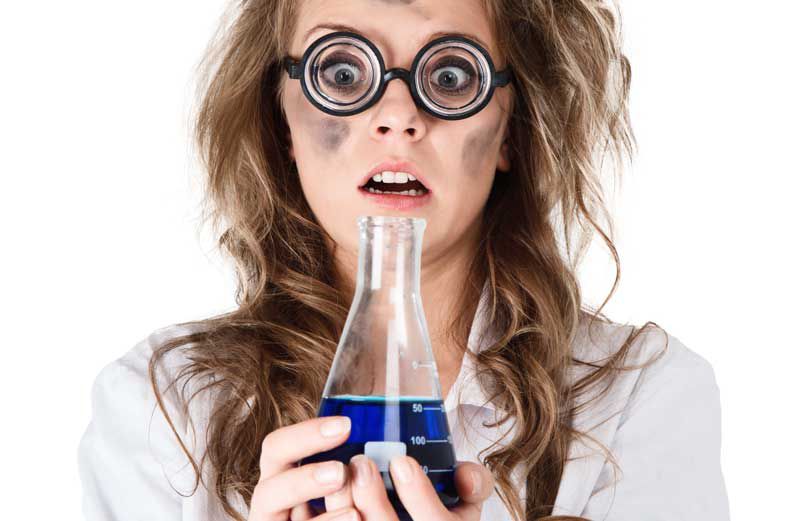Here’s a great question asked by one of our clients recently…
“Hi guys, I have received the order of hypochlorite solution, but I have a question with regards to dilution. The instructions I have are to mix this to a 200ppm (parts per-million) solution. Can you please advise how much hypochlorite solution this would be? And to how much water? Thank you, Crystal”
Thanks for your question, Crystal.
Note: For those of you who would just like to know how to quickly calculate cleaning chemical dilution rates and ratios click for the article here.
Now let's start talking about parts per million and dilution rates.
Our Hypo product label states that for general cleaning you should use 1 part Hypo to 500 parts water, so for every 500 litres of ready-to-use solution one litre of Hypo needs to be added. General cleaning is the application we supply our Hypo for primarily but in many specialty applications where sanitising is required a parts-per-million recommendation or requirement can be requested.
Parts per million with a Hypo solution can be a difficult thing to accurately calculate and measure because by nature the Sodium Hypochlorite level in the concentrated form reduces over time from the point of manufacture. When manufactured the concentration is about 13% but this reduces due to time, exposure etc. For accurate instructions, you are best consulting with whoever is recommending any specific direction as to how best to calculate the correct dilution to avoid any confusion because these matters are often critical in certain applications.
To answer Crystal’s question, it's not as simple as 200 parts Hypo to 1,000,000 parts water (which would be 1:5000) because you have to allow for the starting concentration of Sodium Hypochlorite of 10-13%. Most of the time calculations are made at the 12.5% mark.
You should get your own advice on the initial concentration of the sodium hypochlorite solution you are using.
This is how we work it all out…
To prepare 100 litres of a 200ppm solution from a 12.5% sodium hypochlorite (NaOCI) solution, the following calculations are needed…

She didn't read this blog, and now look...
Here are the 3 important numbers you need before you start…
1. Final chlorine solution volume = 100 litres = 100,000ml (because 1 litre = 1000ml)
2. Final chlorine solution concentration desired = 200ppm
3. Initial chlorine solution concentration = 12.5% solution = 125,000/1,000,000 which can also be expressed as 125,000 parts per million (ppm) because 1ppm = 1ml in 1,000,000ml
So how much Hypo chlorine solution by volume (ml) do you need to add?
• Initial Hypo chlorine solution concentration x Initial Hypo chlorine solution volume (?) = Final chlorine solution volume x Final chlorine solution concentration desired
• 125,000ppm x ? = 100,000ml x 200ppm (Sorry, but a little bit of basic algebra is required)
• ? = 160ml.
So to prepare 100 litres of a 200ppm solution of Hypo – Sodium Hypochlorite, dilute 160ml of a 12.5% Sodium Hypochlorite solution with 100 litres of water (The actual, technically correct amount of water would actually be 99.84 litres as we would subtract the amount of Hypo we are adding from the amount of ready to use solution required).
Hope this helps, you might find some online calculators through Google to make this easier so you don’t have to work it out each time. And if you have any further questions about dilution or commercial cleaning chemicals including our disinfectants and sanitisers, please get in touch.
Have a great day.
Related articles
- How To Set Up a Cleaning Chemical Register
- How To Quickly Calculate Cleaning Chemical Dilution Rates And Ratios
- 21 Cleaning Chemical Handling Guidelines For Your Workplace
- Why Wearing Disposable Gloves Is Dangerous
- Everything You Need To Know About pH And Cleaning Chemicals
- The 3 Best Places To Get Cleaning Chemical Safety Information